Leaderboard
Popular Content
Showing content with the highest reputation since 20/04/24 in all areas
-
Pictured from my collection is an optical gunsight for a 3.7 cm anti-aircraft gun (Flak M42) manufactured for the Kriegsmarine. The code for this manufacture is 'dow' (Waffenwerke Brunn A.G. (1943 - Opticotechna Gmbh, Prerau Czech.)). The optic has a wide field of view with a ranging reticle. Even though designed to withstand harsh environments, this optic was made to be removed from the weapon system mounted on an U-boat .6 points
-
All: I just finished reading all the posts, what a great exchange between everyone. A big 'THANK YOU' to to Kenny Andrew, Fritz, Gildwiller1918, Eddieq, Urkund1939, Ycvu, and Phantom for sharing their knowledge with others. The ones asking the questions and the ones providing the answers make the Forum great. Best regards, John R.5 points
-
5 points
-
5 points
-
Hi John R., Thank you for your donation of 75.00 GBP. We look forward to improving the forums with your donation. Thanks Treasure Bunker Forum4 points
-
Just got around to watching Greyhound, it was pretty good depiction of the Atlantic Ocean Battle. Although I understand that most U-boat Commanders were aggressive, in the movie it seemed to me they were very aggressive, to the point of recklessness. Just my opinion, but still an entertaining movie.4 points
-
4 points
-
Pictured from my collection is dome compass (top) with lower binnacle case, type used aboard a Schnellboot. The Eagle, left of the gothic letter M on the bezel, was denazified with black paint, but not damaged. It is visible, just not in this photograph. The compass and sunshade (bottom) are marked C. PLATH of HAMBURG by the maker.4 points
-
Pictured from my collection is a stereoscopic range finder manufactured for the Kriegsmarine by Carl Zeiss Jena (blc). This instrument was used to accurately estimate distance to a target calculated through triangulation, based on the length of the range finder. It can be operated with or without battery. The range finder and all its accessories are kept in a grey painted wood storage box, not shown from collection. A range finder like mine is pictured on page 424 and page 425 of 'Deutsche Kriegsmarine Uniforms, Insignias and Equipment of the German Navy 1933-1945' by Eduardo Delgado.4 points
-
phantom: Hello. Thank you very much for the compliment. It is a pleasure to share my collection of Kriegsmarine antiques with the Forum. Kindest regards, John R.3 points
-
Hi Eddie, sorry I missed this post, yes unfortunately there was no "BM" RZM prefix, they are only found on fakes.3 points
-
Here is my new Mannlicher 1890 Rifle or Infanterie Repetiergewehr M88/90. In 1888, the Austro-Hungarians changed the contract on their model 1886 rifles, mainly due to the French introduction of the smokeless powder Mle. 1886 Lebel. This involved moving away from the 11 x 58R cartridge to the 8 x 52R cartridge. The M88 was further upgraded to fire the new smokeless powder M1890 ball cartridge. The rifles that were modified for this were called the M88/90. This is a straight pull bolt rifle, and it is a very simple design with very few parts for disassembly. Some of the changes made to for the conversion to the new smokeless cartridge was adding a more narrow and shallower magazine, as well as a rechambered barrel and sight modifications. The barrel is stamped W-n 91 and marked OEWG. The rifle is about 50 inches long, and weighs 8.9 pounds, with a 5 round capacity magazine. Slightly over a million of these rifles were produced and like many other nations, these were also pulled out of storage for rear echelon units to replace massive losses at the front. This rifle at some point made it to Africa as it has the AOI stamp on the buttstock. This was a RTI gun, and was quite filthy and worn, but I cleaned it thoroughly and got it looking decent once more.3 points
-
Thank you John, and we continue to look forward to your items as well.3 points
-
Soak for a few hours in a bath of lemon juice (citric acid) and water or a solution of oxalic acid. Remove and rinse thoroughly when sufficiently clean, dry thoroughly. Rub with a suitable oil to preserve3 points
-
Gildwiller1918: Hello. Fantastic acquisition, a great addition. Thank you for sharing your new antique Mannlicher 1890 Rifle with the Forum. Thank you for continuing to be a steward of history. Best regards, John R.3 points
-
3 points
-
Pictured from my kriegsmarine collection is the emblem of the 1936 Olympics rings (top left) that was worn as an U-Boat tradition cap insignia by several crews, including U-165 and U-995. Also pictured is the insignia for the 9th U-Boat Flotilla 'Laughing Sawfish' (bottom right). Examples of the these tradition badges are on page 64, page 77, and page 83 of 'Torpedo Los! THE FASCINATING WORLD OF U-BOAT COLLECTIBLES' by Gordon Williamson.3 points
-
Pictured from my kriegsmarine collection is an emblem and a badge used by the Ubootwaffe as tradition cap insignia. The emblem for the National Socialist League of the Reich foe Physical Fitness( left) was worn as an U-Boat cap insignia by the crew of U-274, as was the Edelweiss gap device of the German Army Mountain Troops (right) by the crew of U-124. Examples of the these tradition badges are on page 77, page 81, and page 83 of 'Torpedo Los! THE FASCINATING WORLD OF U-BOAT COLLECTIBLES' by Gordon Williamson. Pictured from my collection is a U-Boat tradition cap insignia 'Swordfish spearing an enemy sip' for the U-441 being worn by its Commander, Klaus Hartmann (white cap). All 51 hands, including Hartmann, died when U-441 was sunk by Allied depth-charges on 30 June 1944.3 points
-
Here is the Mosin Nagant M1895 Revolver. This gun is a 7-shot and fires a 7.62 x 38mmR cartridge. It was designed by Léon Nagant and production started in Belgium, in 1898, Russia bought the rights to produce and started making on average 20,000 a year. The gun utilizes a gas seal, which seats the cylinder against the barrel, preventing loss of gas pressure. The cartridge is also unique looking with the bullet completely recessed inside the casing. The loading and reloading on this gun was not fast or easy compared to other revolvers in use elsewhere at the time. These pistols were made in large numbers, with at least 2 million produced seeing service through WW2 until being replaced in 1952. This particular firearm was made in 1909 at the Tula factory, however after the revolution, czarist era stampings were marked out or removed, as in this case the markings have been stamped over. Typically, from what I have seen, more soviet era pistols are available than Czarist ones on the market today.2 points
-
2 points
-
2 points
-
Thanks it eventually fit in but does anyone know what those stamps on the dome of the helmet mean? Not the manufacture one but the one in the dome .Are they used as regimental markings or is their purpose unknown. Many thanks, Michael.2 points
-
I remember many years ago, these were on offer deactivated to collectors, now no longer permitted. They were quite cheap in those days.2 points
-
2 points
-
The swastika's edges look dull which is not a good sign.2 points
-
2 points
-
2 points
-
Hi Kenny Are all badges marked with a BM known fakes- I’ve got a couple of German youth badges marked the same. E2 points
-
Thanks everyone! And thank you for the reference links! I don't have any postcards with german machine guns, but I have quite a few postcards written by belgian frontline soldiers. There are definitely a few interesting ones among those. I checked the headstamps of the cartridges again and they're all 1918 dated. I thought they were 1916 and 1917, but apparently I remembered that wrong.2 points
-
Picture is a two-piece officer''s visor cover for junior grade from my collection of Kriegsmarine antiques. The cap has a hand-embroidered gilt wire national emblem and, cockade, as well as gold wire piping. This cap belonged to Werner Wendt (1916-1988), Captain of U-765. The U-765 was sunk in the North Atlantic on 6 May 1944 by depth charges on its first war parol. Werner and 10 crewmen survived, 37 dead. Pictured below is the underside view of the visor cap. Pictured below is the two-piece visor cover disassembled. In this configuration, a white or blue cap-covers could be worn. Because I do not like to take this cover apart, I used a photo taken years ago.2 points
-
1 point
-
Nowhere as nice as a WW I bring back Nagant, but here is a view of my Uncles WW II bring back from Berlin in its original holster. I never got the story. He died just after I got out of the Corps and after the funeral she shoved it into my truck and said a vet should have this. Thanks Gildwiller 1918 you brought back some old memories with this post.1 point
-
1 point
-
1 point
-
1 point
-
1 point
-
1 point
-
1 point
-
Hello everyone, I found this helmet but i have not any ideo for this. The store I bought it from has some with the Turkish flag on it. Turkey was one of the support units in the Korean wars and America and England provided military equipment support (available in M1 helmets). Could this be from the British or Americans at that time? I want to find the estimated year and country of production of the helmet. Please help me more id?1 point
-
Badge 3 BM M1/122 is a known fake, badge 2 looks almost the exact same, so I would say this one was bad too unfortunately.1 point
-
1 point
-
Pictured from my collection is another set of 7x50 power binoculars, but manufactured by Cark Zeis Jena. The Binoculars have original leather neck strap, as well as a ranging reticle in right ocular. Binoculars like this one is pictured on page 233 in in Volume 3 of Die Kriegsmarine Uniforms & Traditions by John R. Angolia and Adolf Schlicht.1 point
-
1 point
-
Given a choice between the two badges I'd purchase the one marked "BOERGER & CO BERLIN S.O 16. GES. GESCH", it's an earlier, pre-RZM party badge and a much rarer badge to find than the later M1/102 marked badge. It's also a personal preference, I like the earlier badges which often had slightly quirkier, chunky type faces on the lettering as opposed to neat, slim typefaces often used post-RZM.1 point
-
Yes there are photos, (A)NSDAP Party Pin – M1/102 – Frank & Reif Stuttgart vs (B) NSDAP Early Membership Pin Boeger & Co, Berlin S.O.16 I have read things like this, quoting in below "The NSDAP membership pin was a distinct pin given to individuals who were official members of the Nazi party. This pin featured a red enamel background with a white enamel circle, inside of which was a black swastika surrounded by a gold wreath. On the other hand, the NSDAP Party pin refers to the official party emblem pin worn by all members of the Nazi party, including officials, supporters, and activists. It had a similar design to the membership pin, with a red enamel background and a white enamel circle containing a black swastika. The main difference is that the NSDAP Party pin did not have the gold wreath surrounding the swastika like the membership pin did." Just need clarification if they are just the same thing and the same size. Do let me know if A is a good example. Thanks1 point
-
I've never seen an FLL with this type of four tab backplate, they were usually just vertically crimped.1 point
-
Hi, I compiled most of the books written on the Baron into a website: www.meettheredbaron.com The site puts events during his lifetime on a timescale, and on a map. Enjoy1 point
-
You are very lucky to find such a comparatively good helmet at a low price nowadays. First of all, I would do nothing. Do not use steel wool, emery paper or any other abrasives! There is still a fair amount of original paintwork left after over 100 years, so do not overpaint on any account! The lining has not only dried, but has been chewed by rodents or insects at some time. I would not remove the liner, as the 3 splints holding can break, this is something you can't replace any more (despite repro parts on the market). Do not use WD-40 or similar on paintwork! I would treat the leather carefully, using a soft brush to remove any loose dust, and afterwards, a moist cloth or sponge to remove surface grime and moisten the leather a little. Saddle soap (from riding outfitters, etc.) can be used to treat the leather, see manufacturer's instructions on this. Do not use leather oil on old leather! After the leather is dry enough, an application of "Renaissance Wax"( or a thin application of vaseline is also good), which is recommended by many museums and collectors - may be somewhat expensive, but worthwhile. This will freshen up the leather and make it last longer. When this has been done, the helmet should be stored in a cool, dry place, away from sunlight etc. To prevent the leather liner from collapsing downwards, which stresses the folds and makes them tear, it is best to stuff the inside with some dry paper (old newspaper will do) to keep the liner in place. The exterior of the helmet could be lightly brushed with a fine brush to remove surface dust. I have often used paraffin oil (lamp oil, which used to be used in heaters, etc.), applying with a soft cloth and allowing to thoroughly dry (avoid contact with leather!). This will not only brighten the paintwork, but will also gently and gradually remove some of the surface rust. This step could be repeated several times to improve the appearance of the helmet. This will of course not entirely remove all rust, but will improve the appearance of the helmet, it also does not harm the paintwork. Change cloth frequently, adding more paraffin oil, as rust residues in the cloth are abrasive to the remaining paintwork. Correct storage and carefull handling are the essence of preserving an old steel helmet. Strangely enough, a size 62 is not much in demand by collectors at the moment, but personally I prefer these, they also display better and take up less space in a display cabinet! They are also more typical of the period, when people were smaller and not overweight. I can't quite make out the maker's stamp in the photo - ...J 62 - the first letter is not quite legible. TJ was Karl Thiel in Lübeck. I have included a list of manufacturers in another chapter.1 point
-
Hi all, This is the latest title in a series of books by Lee Archer and William Auerbach. The books feature photos of knocked out or abandoned late war German armour. Most photos have been taken by US Signal Corps cameramen. The quality of their cameras and lenses give rise to very sharp images. Volume 5 starts off with several pages giving updates on photos from Volume 1 in the series. I do not have this book and it shows the continuing research being carried out on the subject matter. Some Russian photos are included this time giving some atmospheric battlefield shots. Beside Panzer IVs, Tigers and Panthers there are images of Beute or captured armour in German use. I liked the shots of captured Fireflys in German markings. The muzzle brakes on these tanks had been changed for German ones. I wonder if the main armament was the gun from the Panther KwK 42 L70? A great modelling project. One of the vehicles is preserved in the Belgian Tank Museum. To show how desperate the Germans were in the final years of the war obsolete vehicles feature too, the little Polish Tankette T.K.S. and a shot of a 38t with an American wrestler standing beside it. You couldn’t make that up! Fans of the exotic will like the pictures of Polish Troops examining the hulls and turrets of the planned “Maus” super tank. You really get an idea of the armour thickness and size of this gigantic beast! A bonus is some good shots of Polish uniform and insignia. This is a great book (and series) for Armour buffs or those with an interest in the closing months of the war. Dave1 point




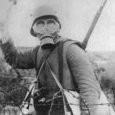
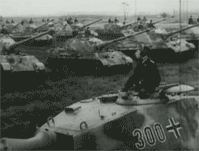
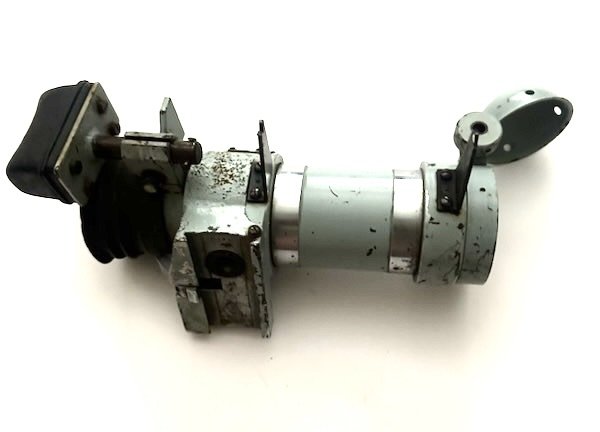
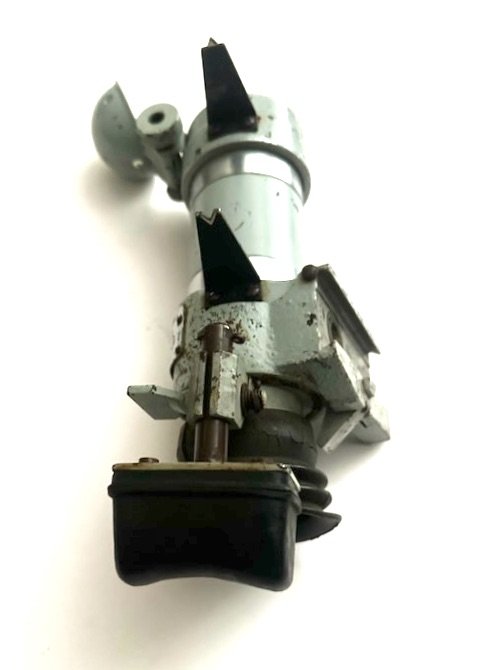
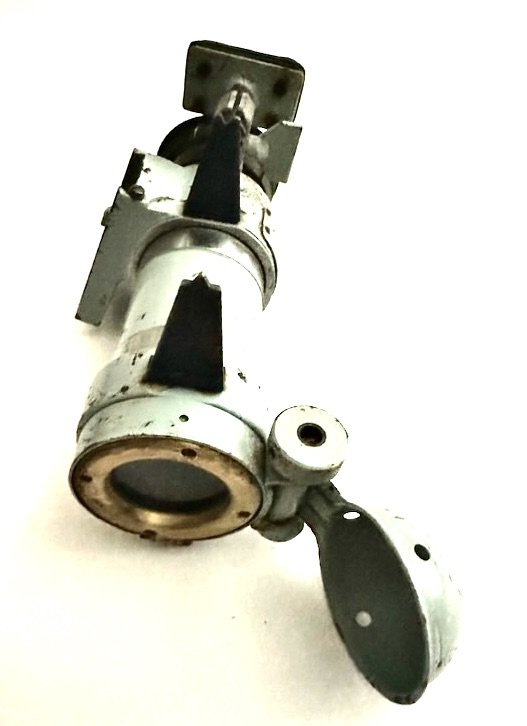
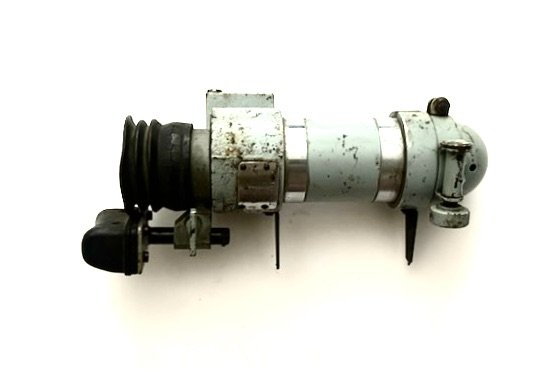
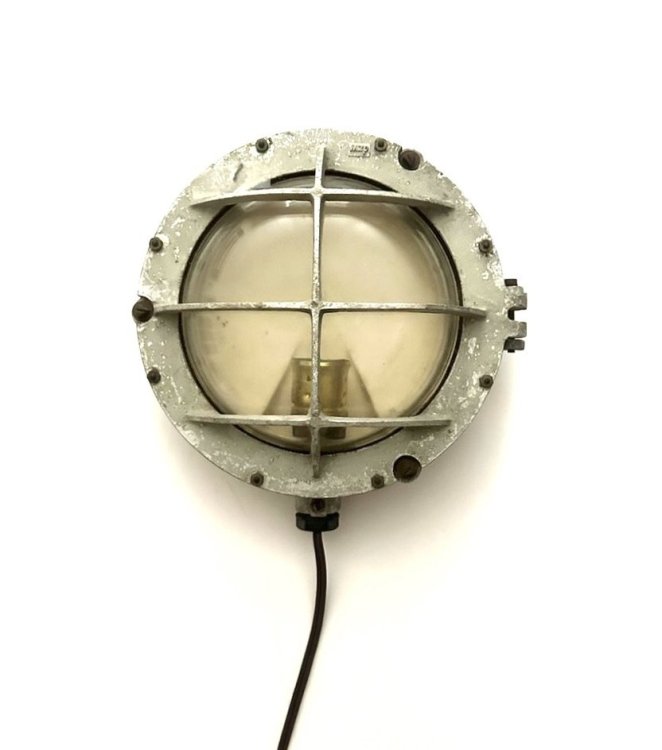
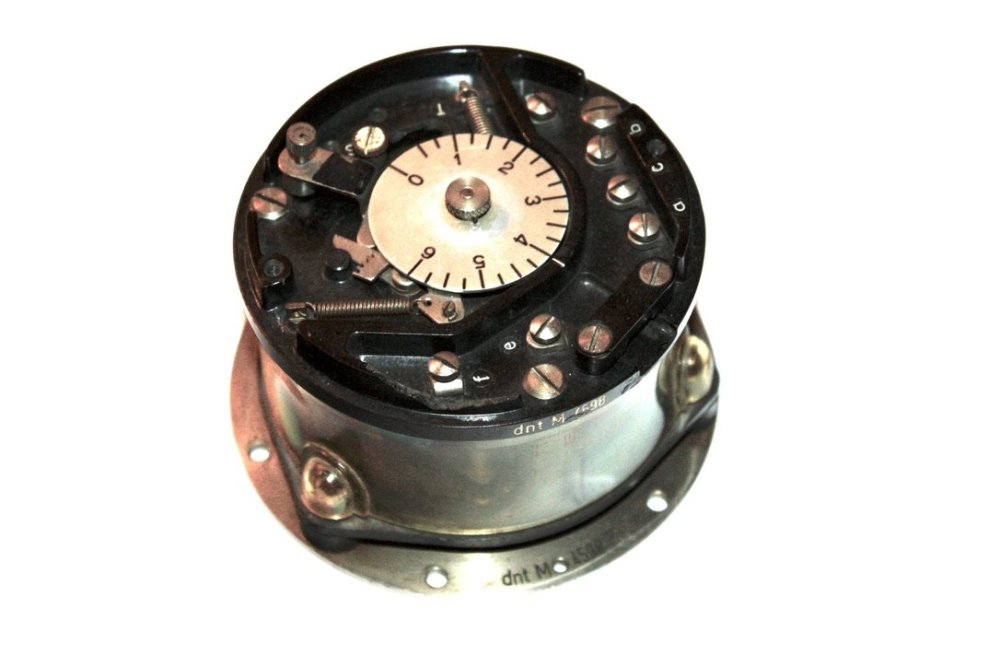
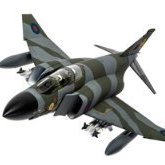
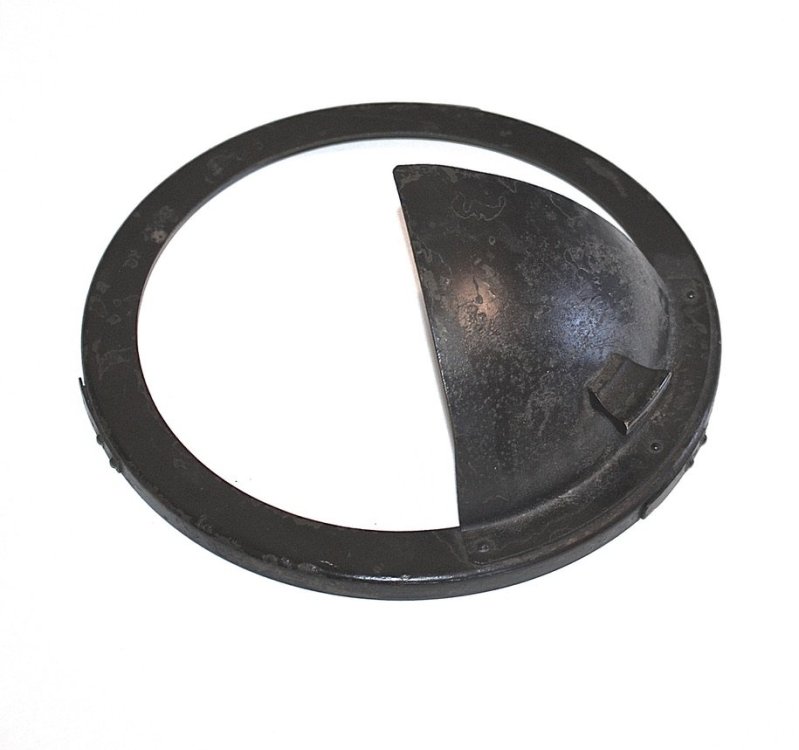
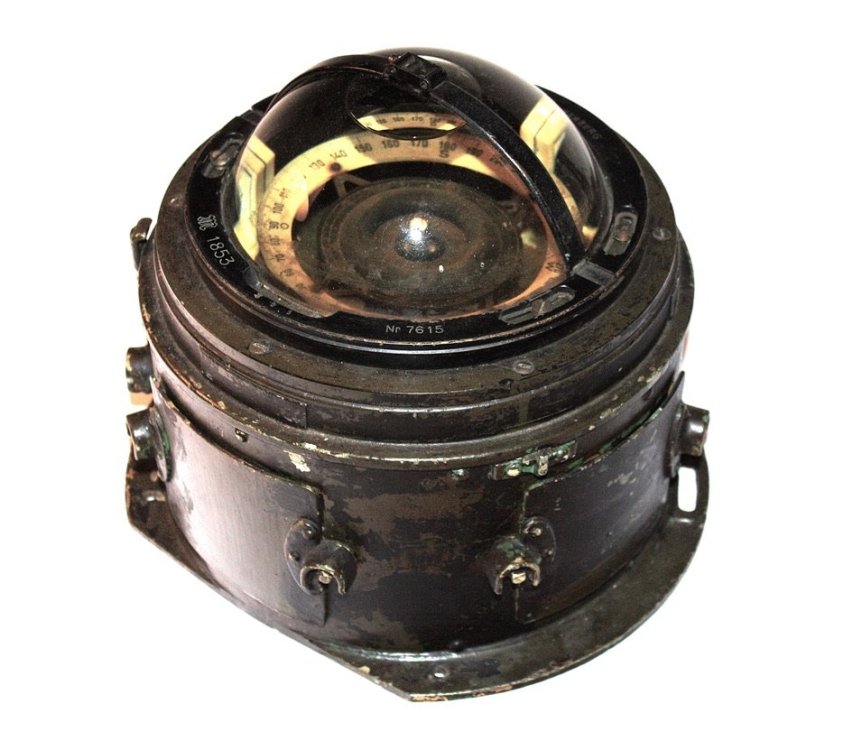
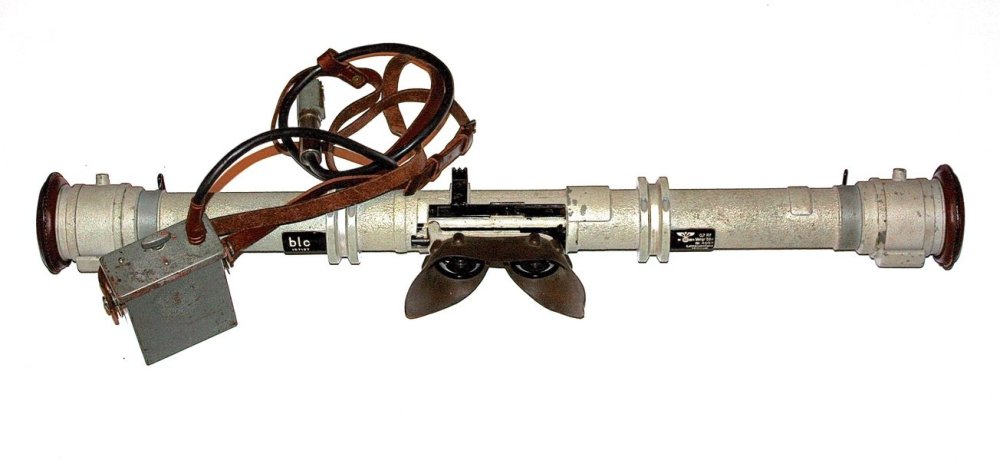
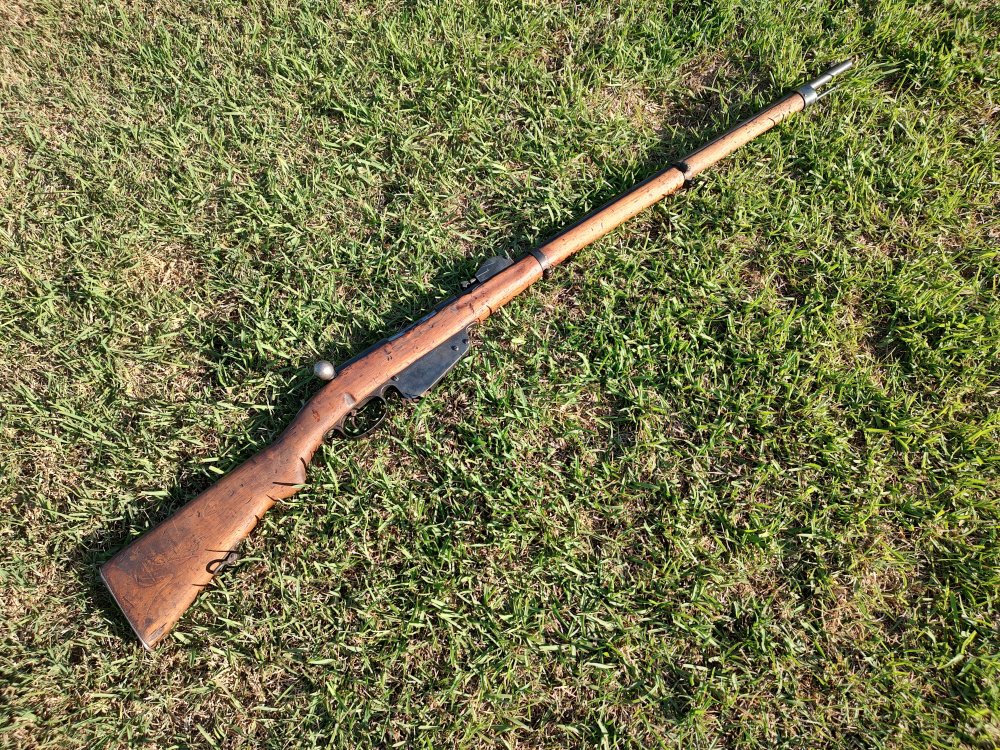
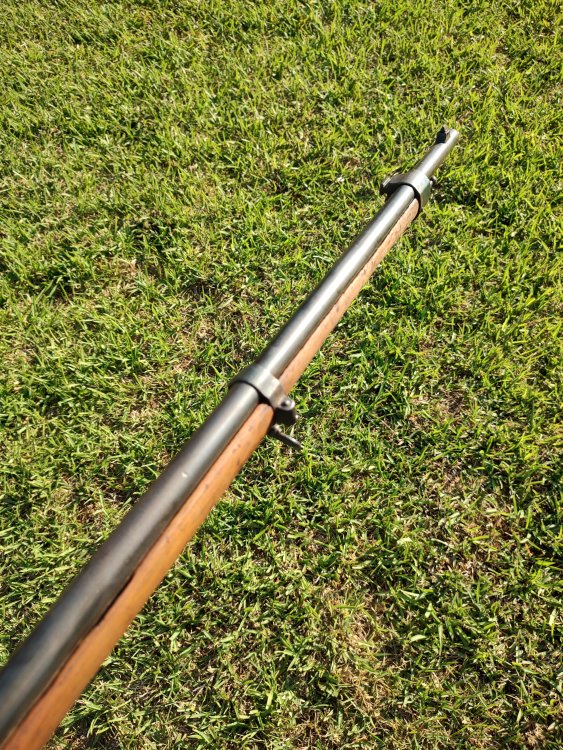
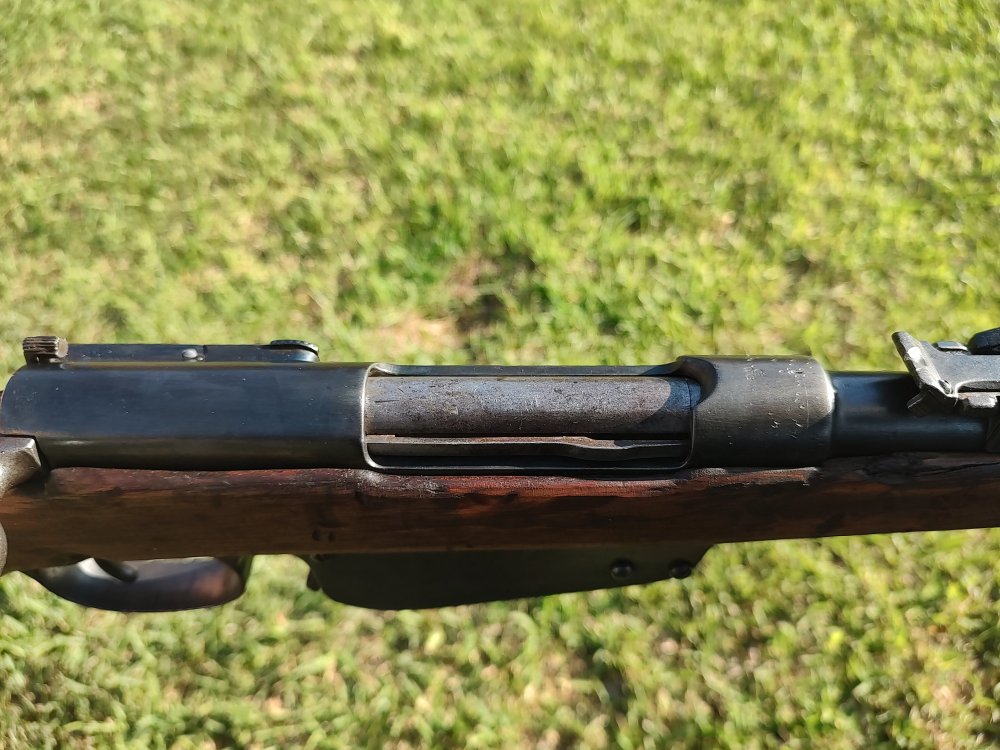
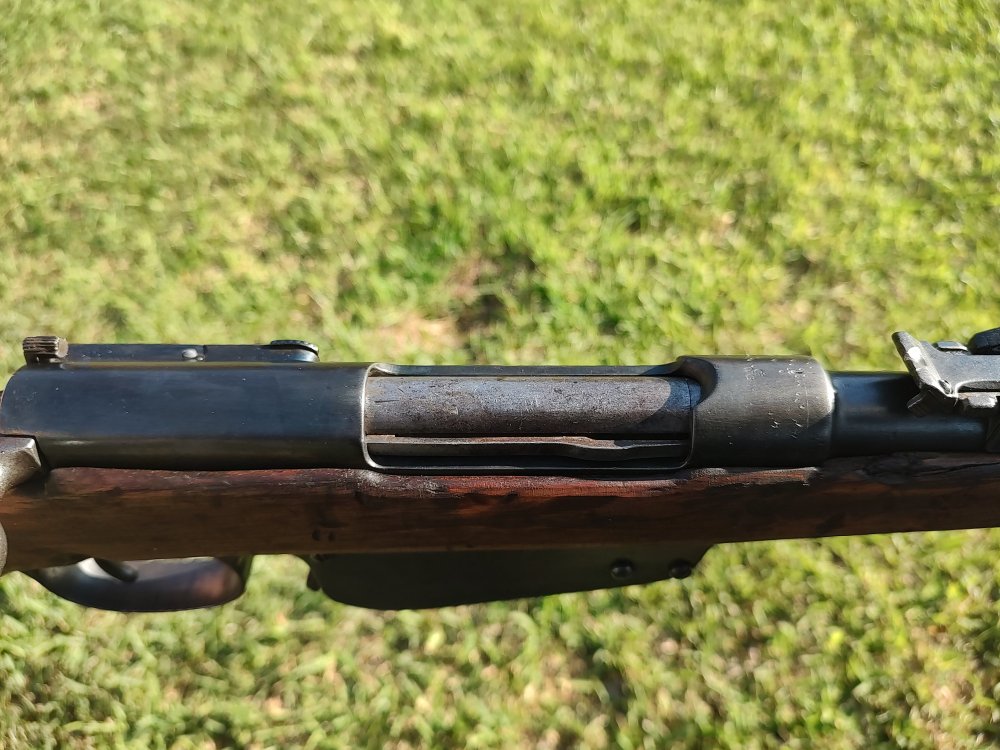
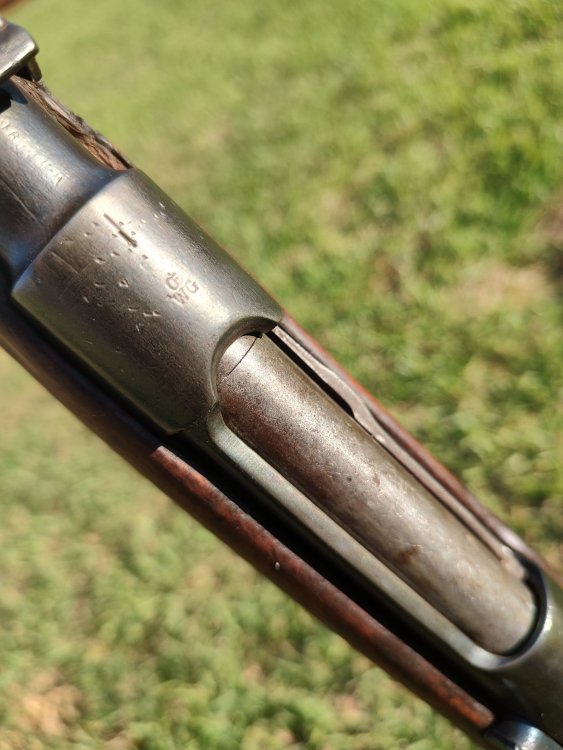
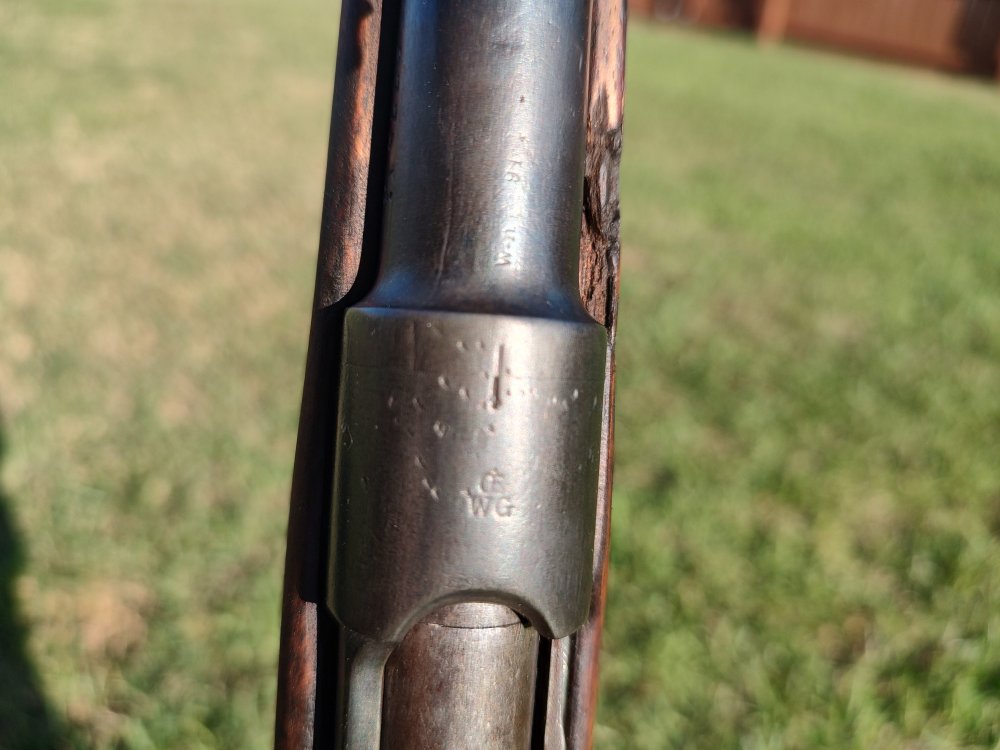
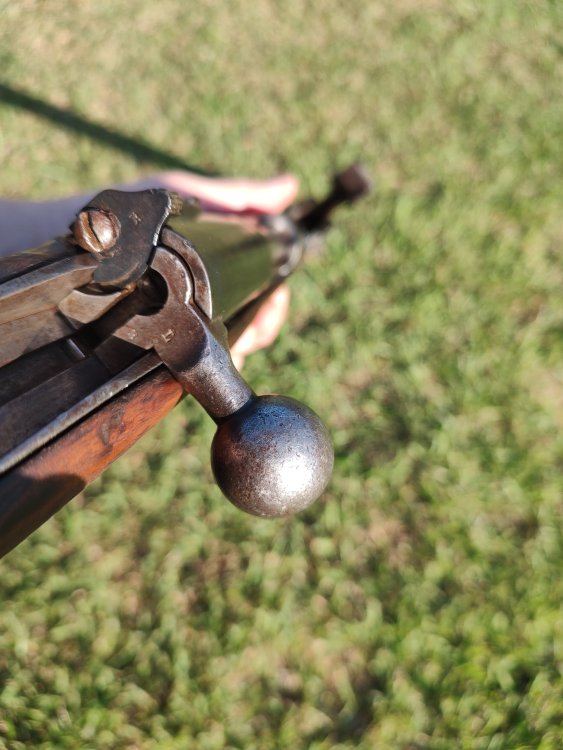
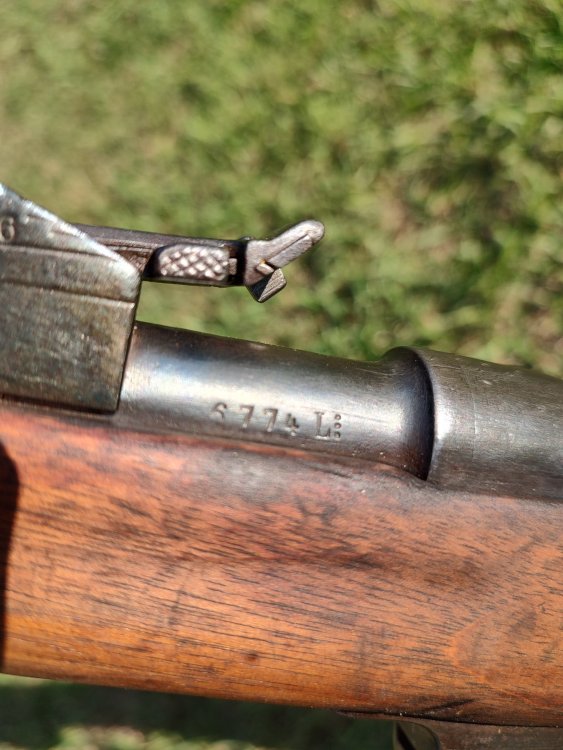
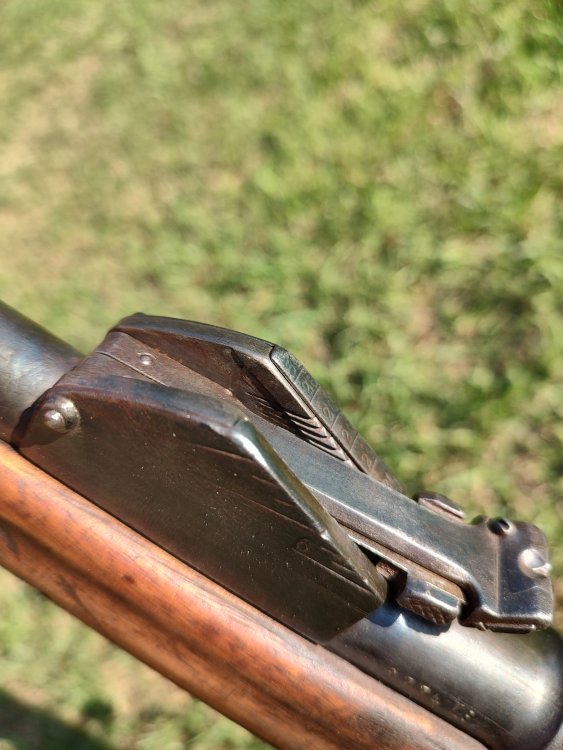
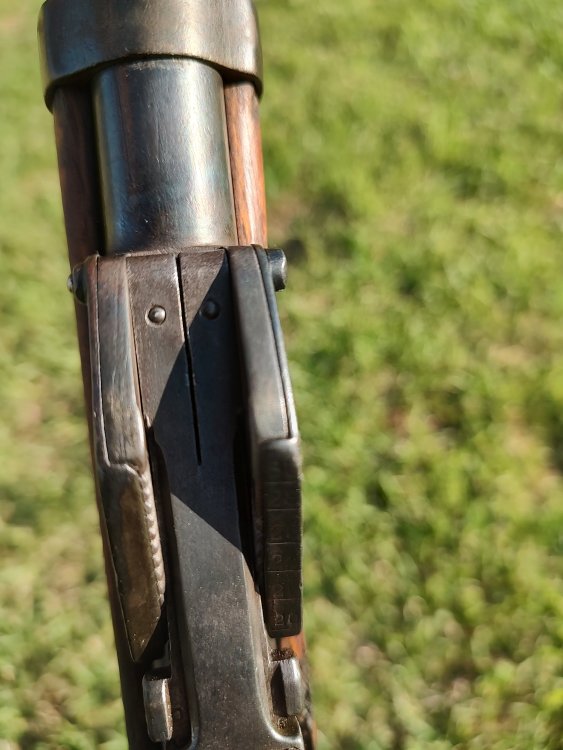
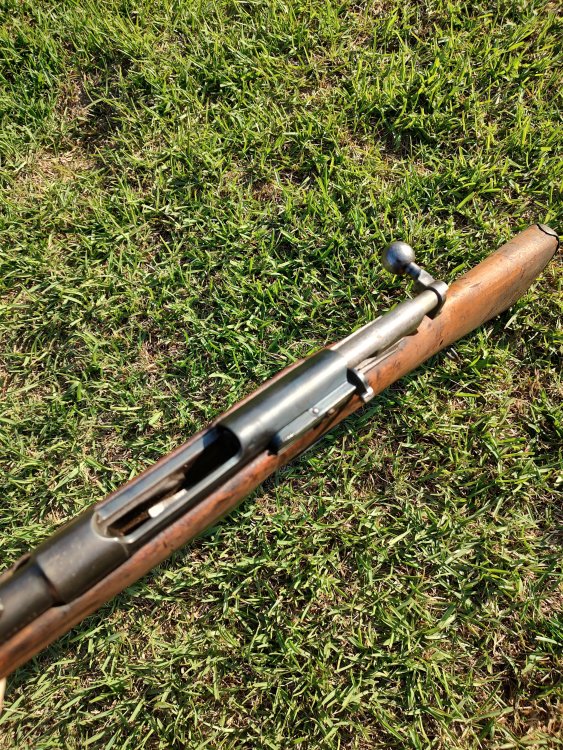
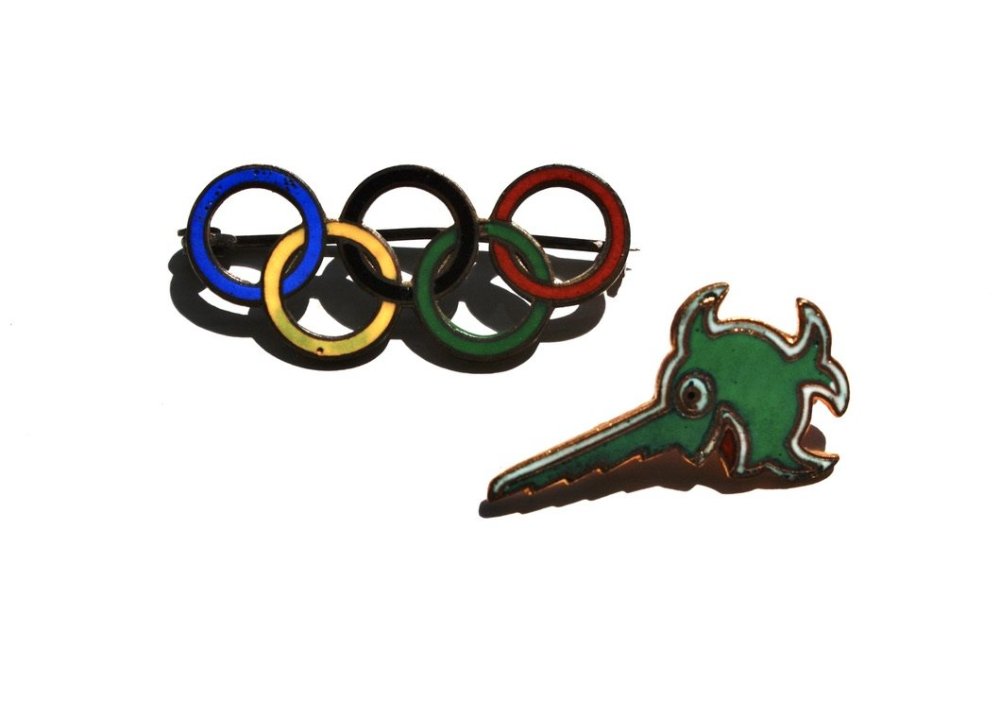
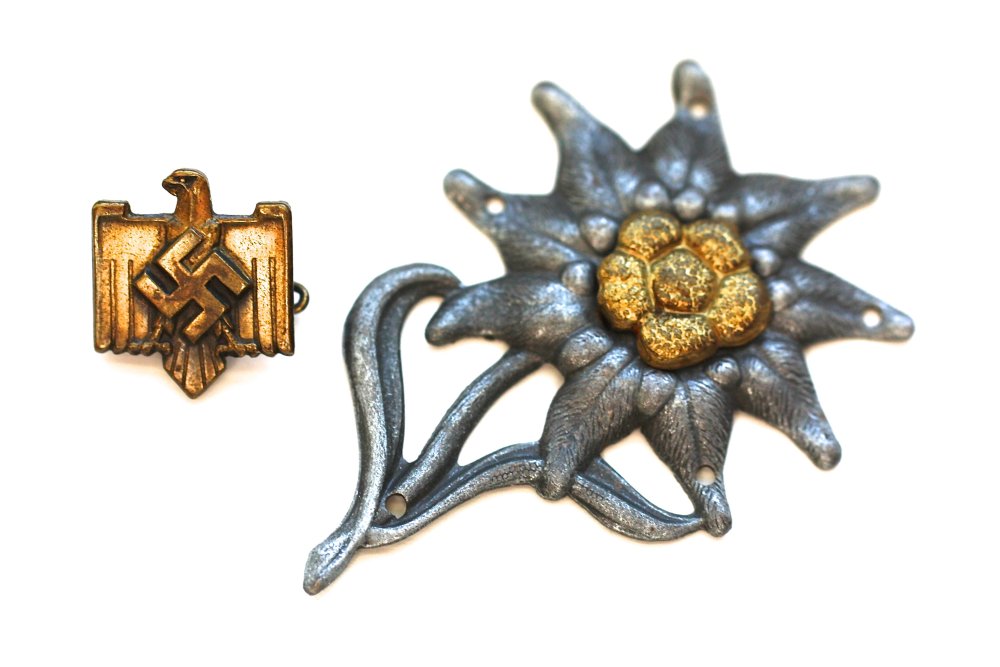
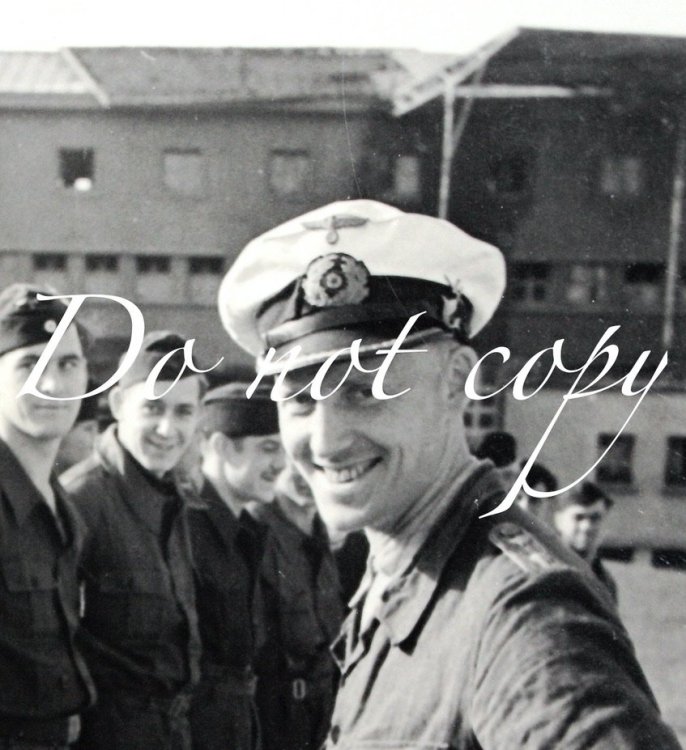





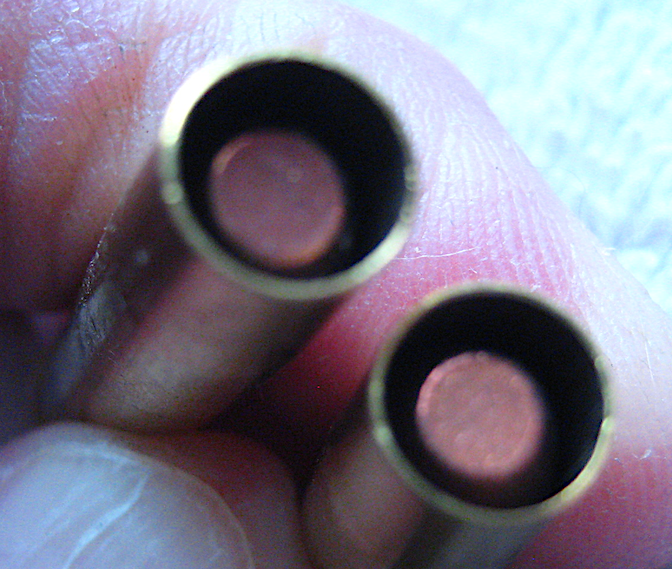

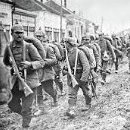
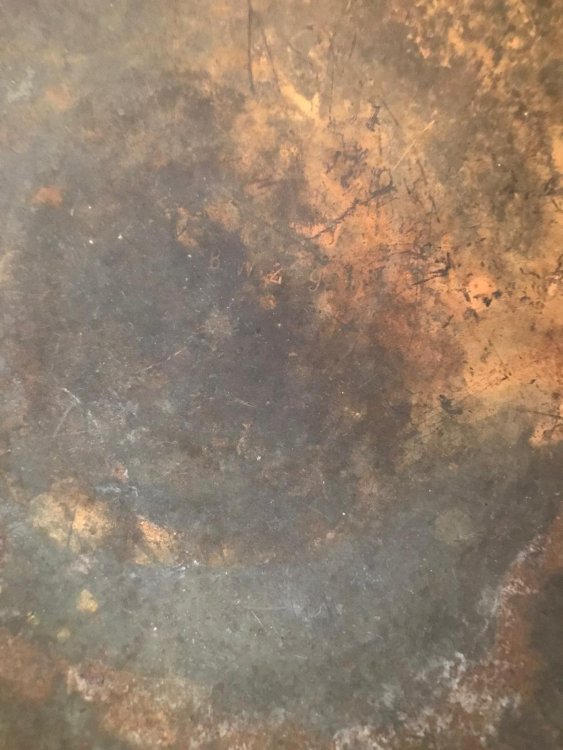
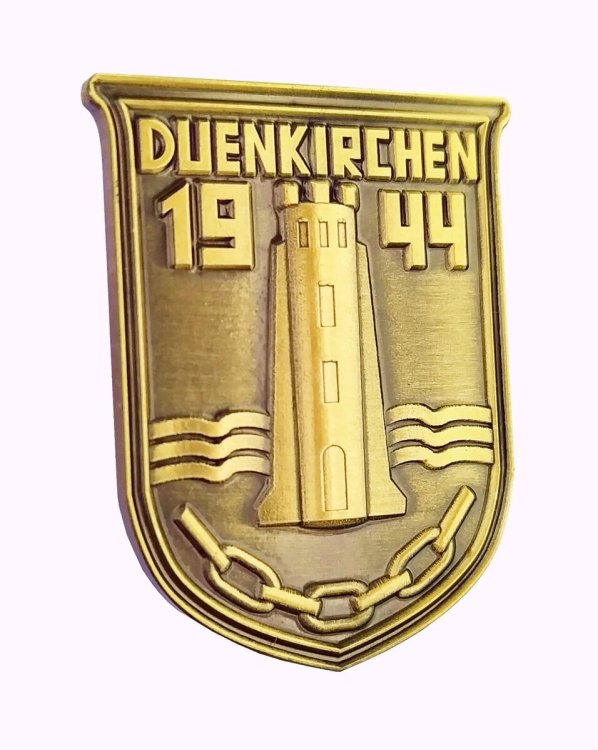
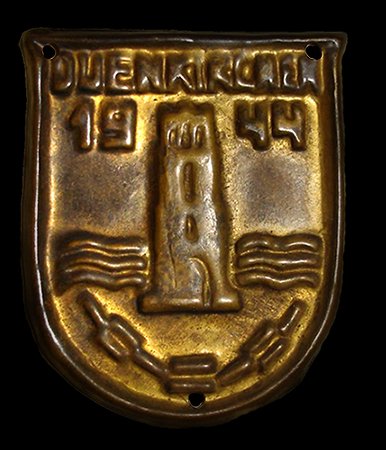
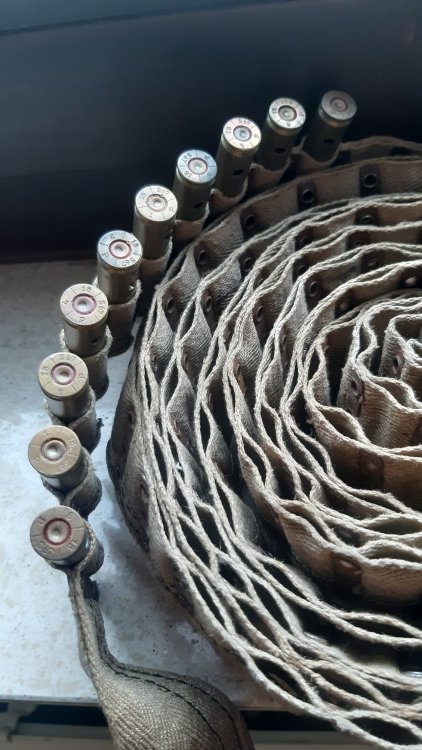
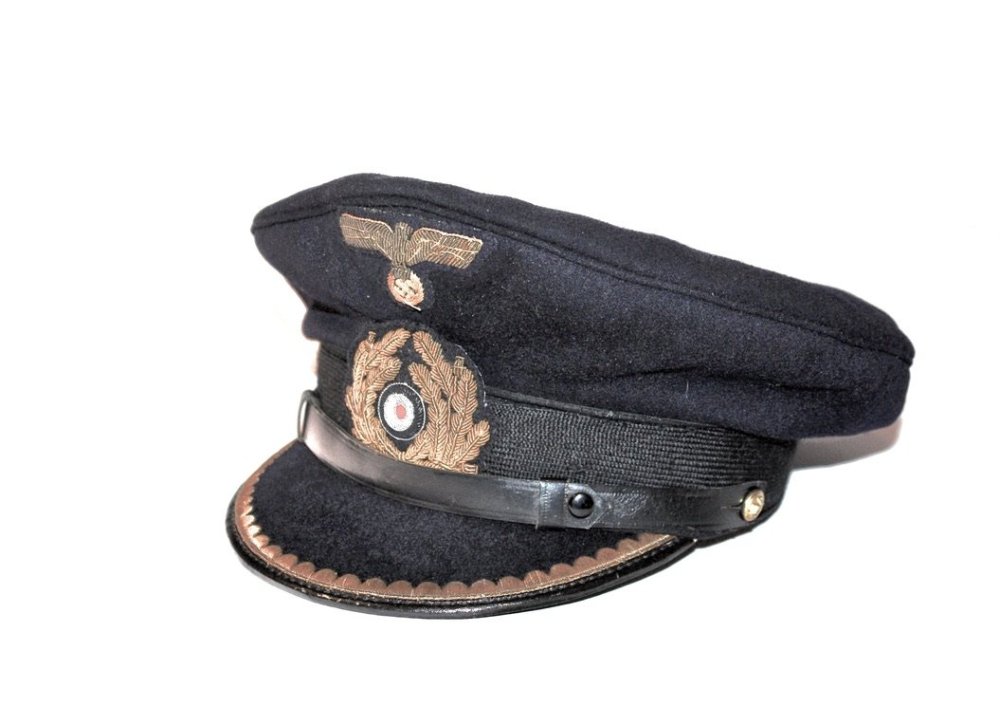
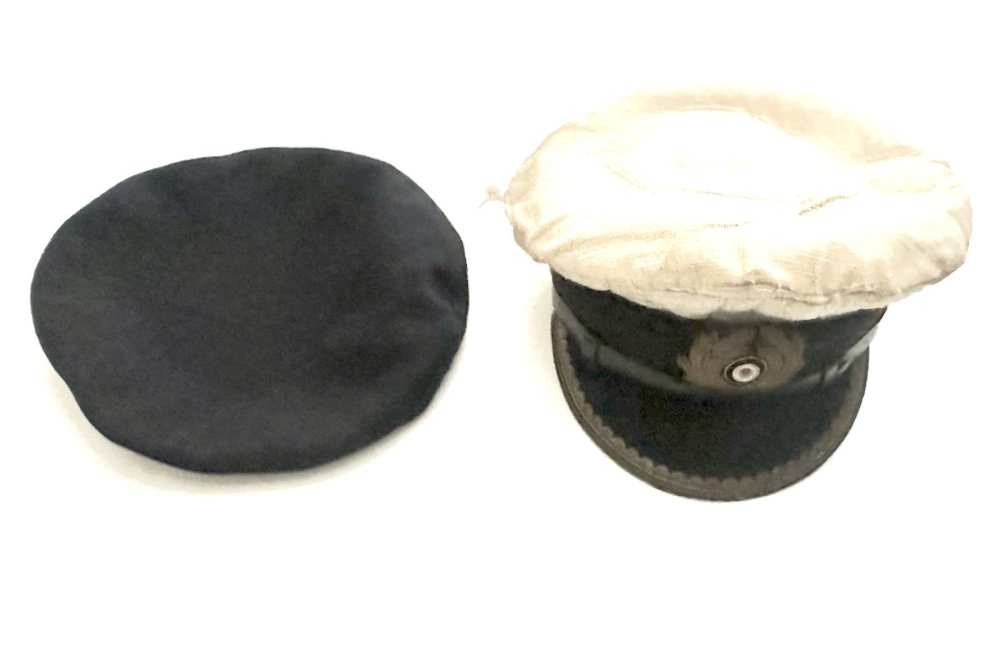
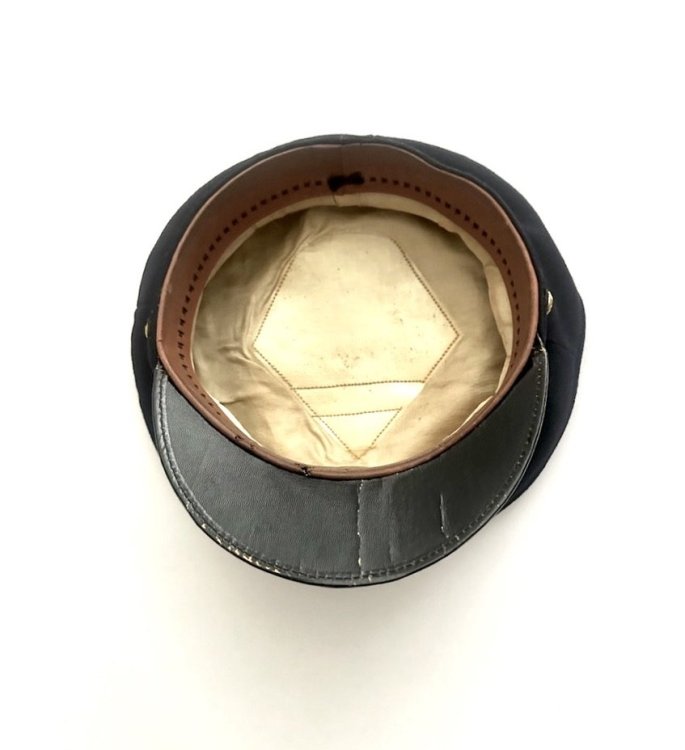
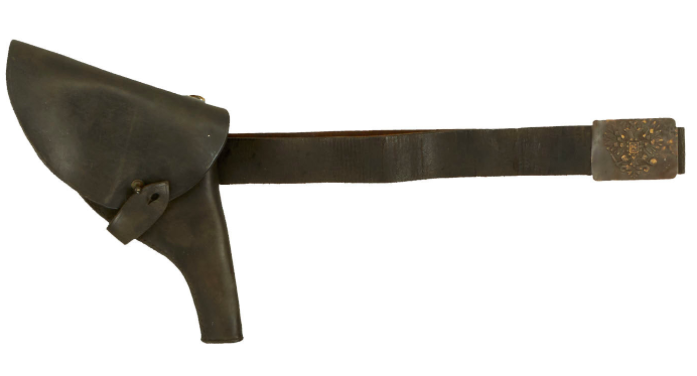
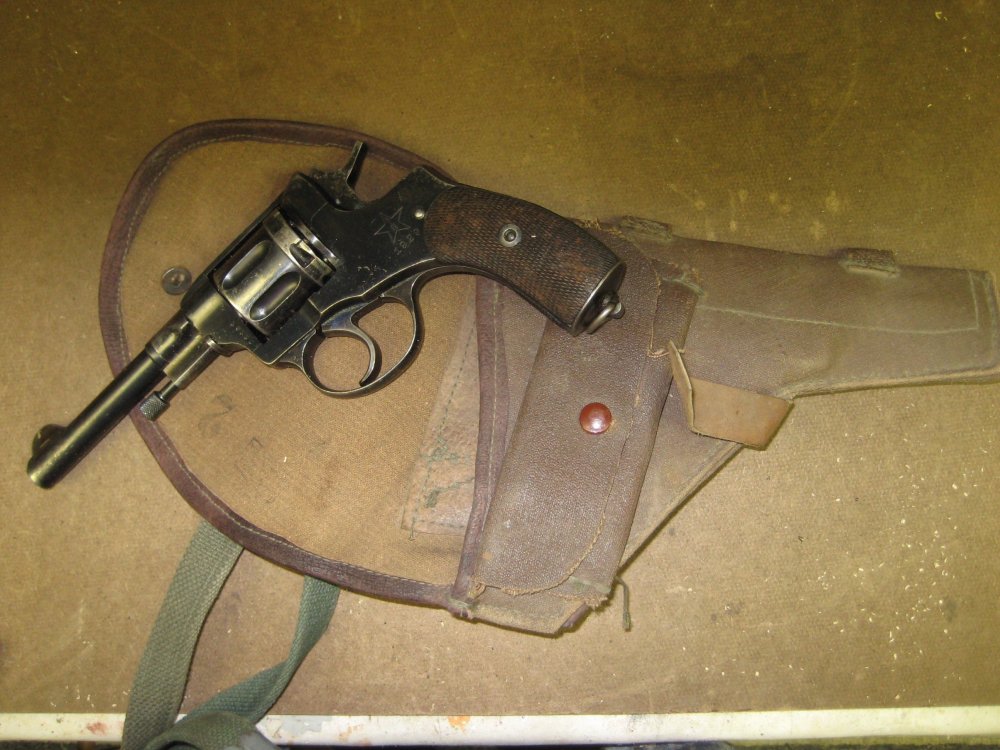
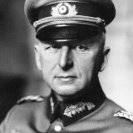
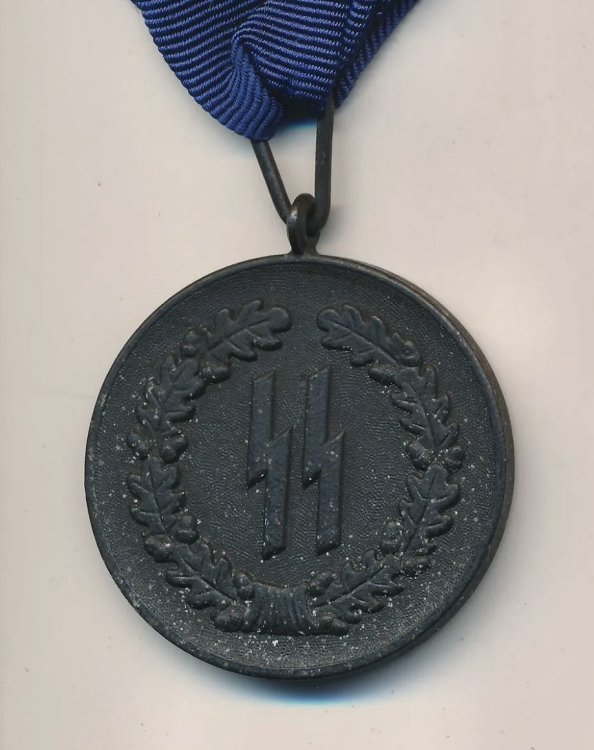
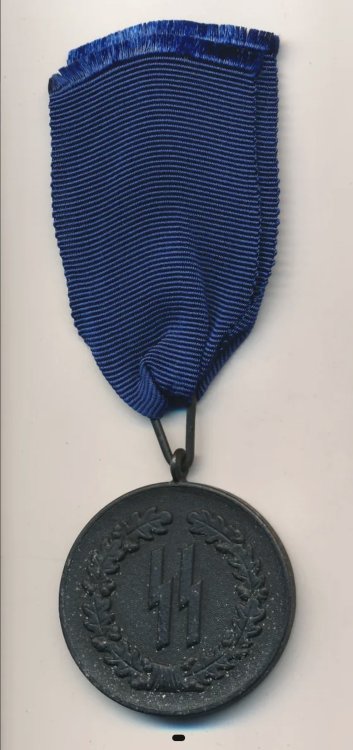
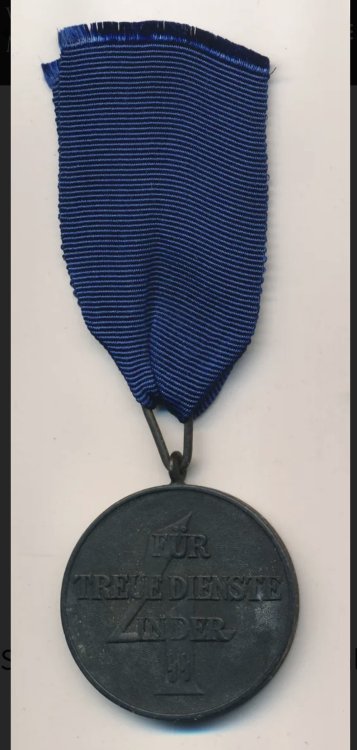
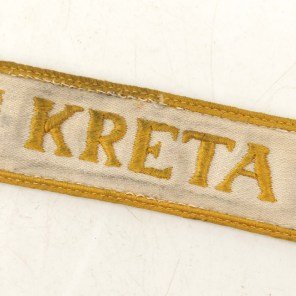
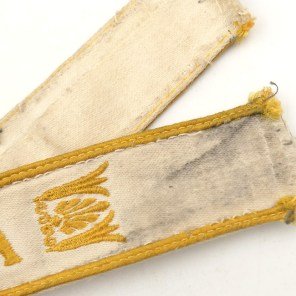
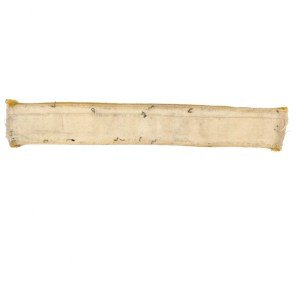
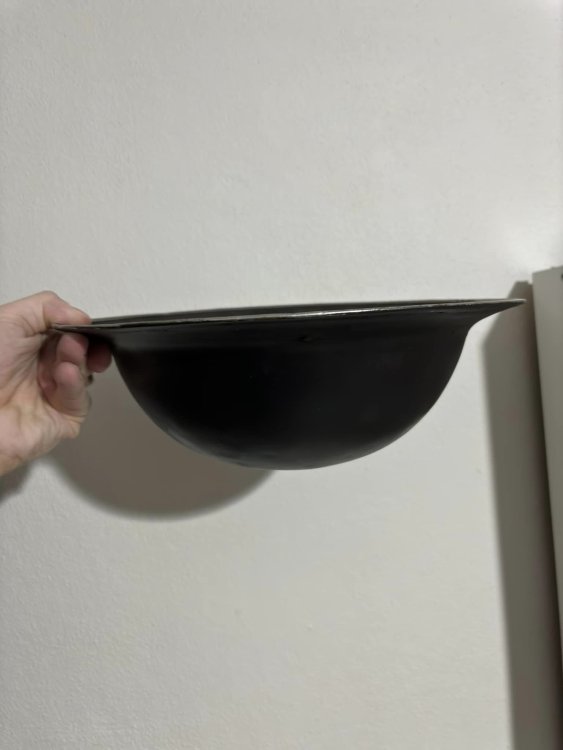
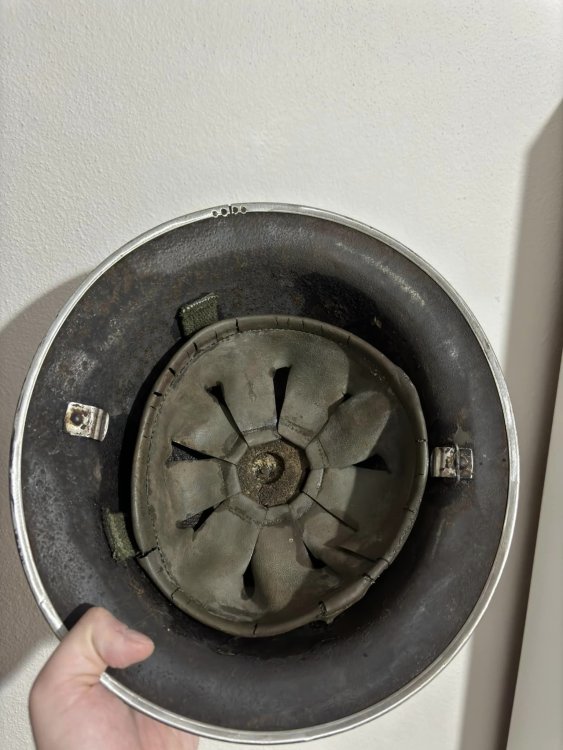
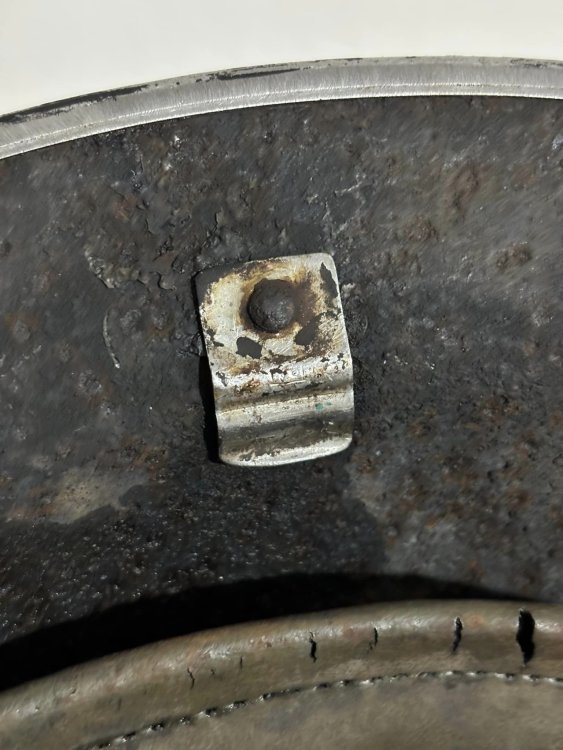
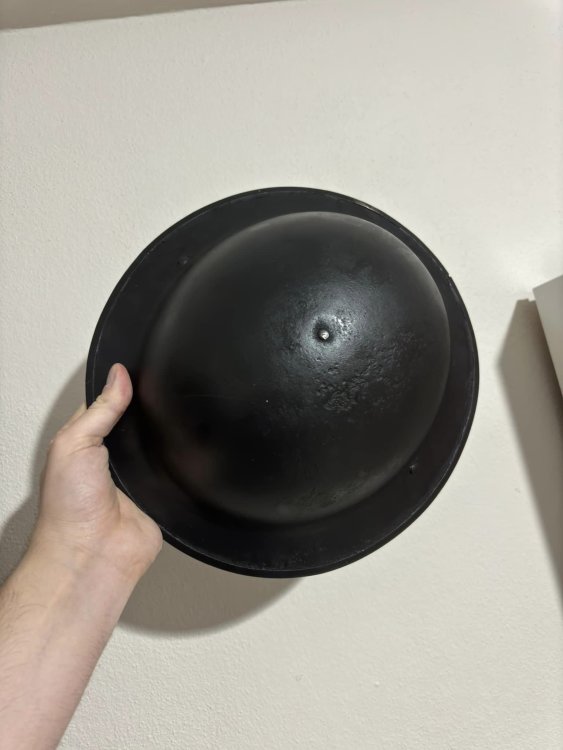
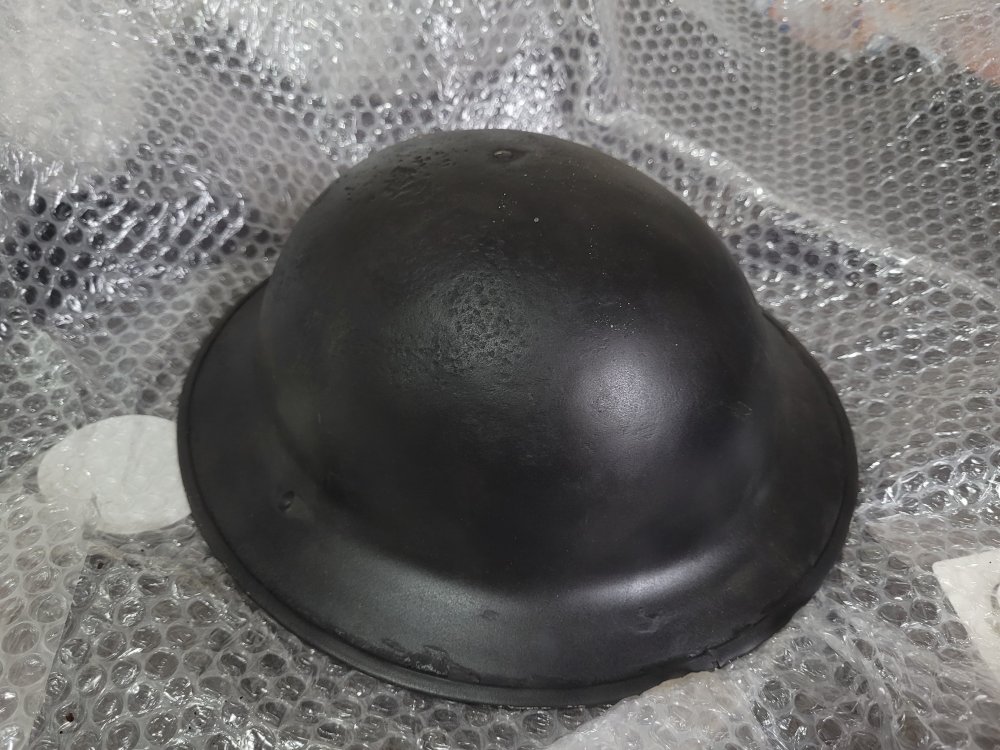
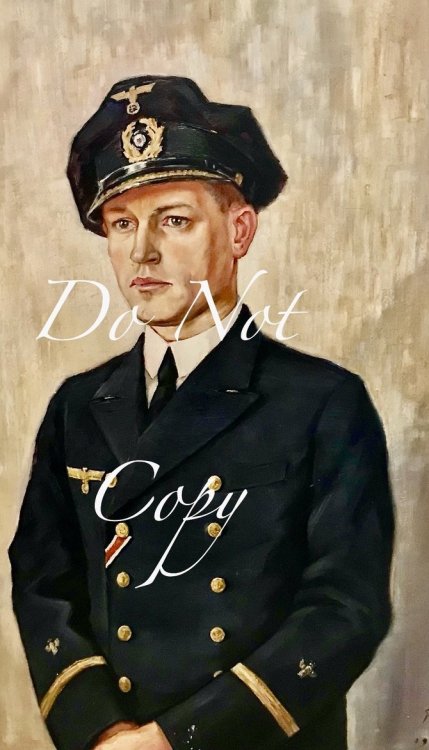
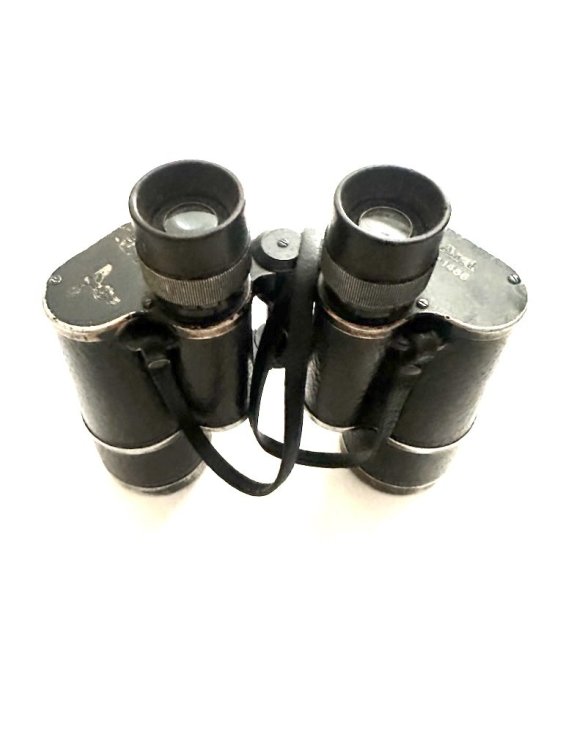
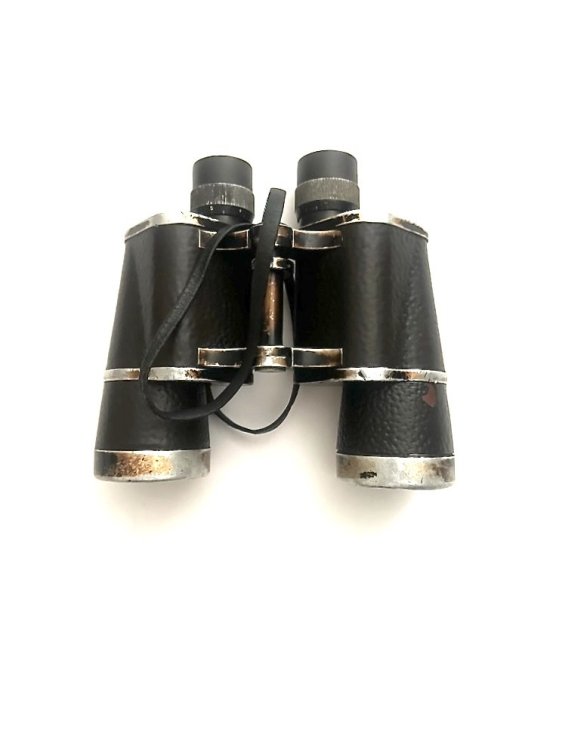
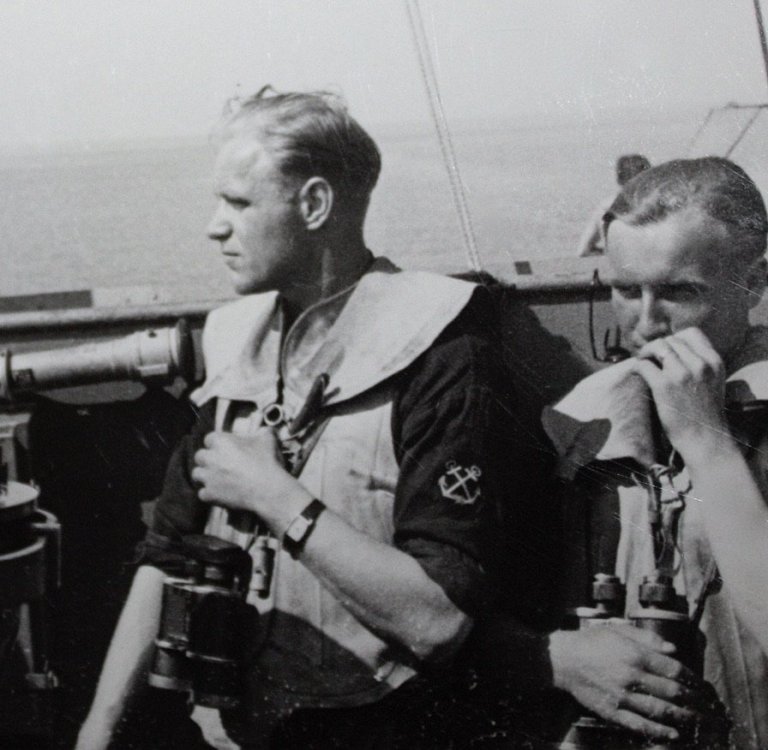
-min(1).thumb.jpg.6e3f369f346a531e3d739f42291fb331.jpg)